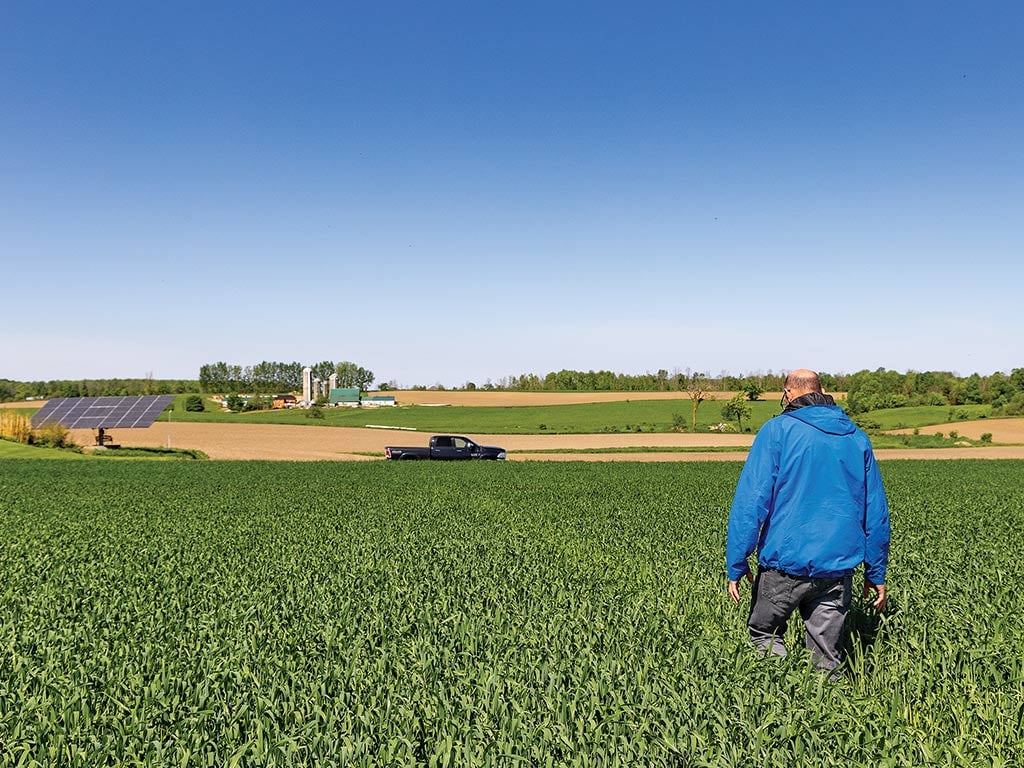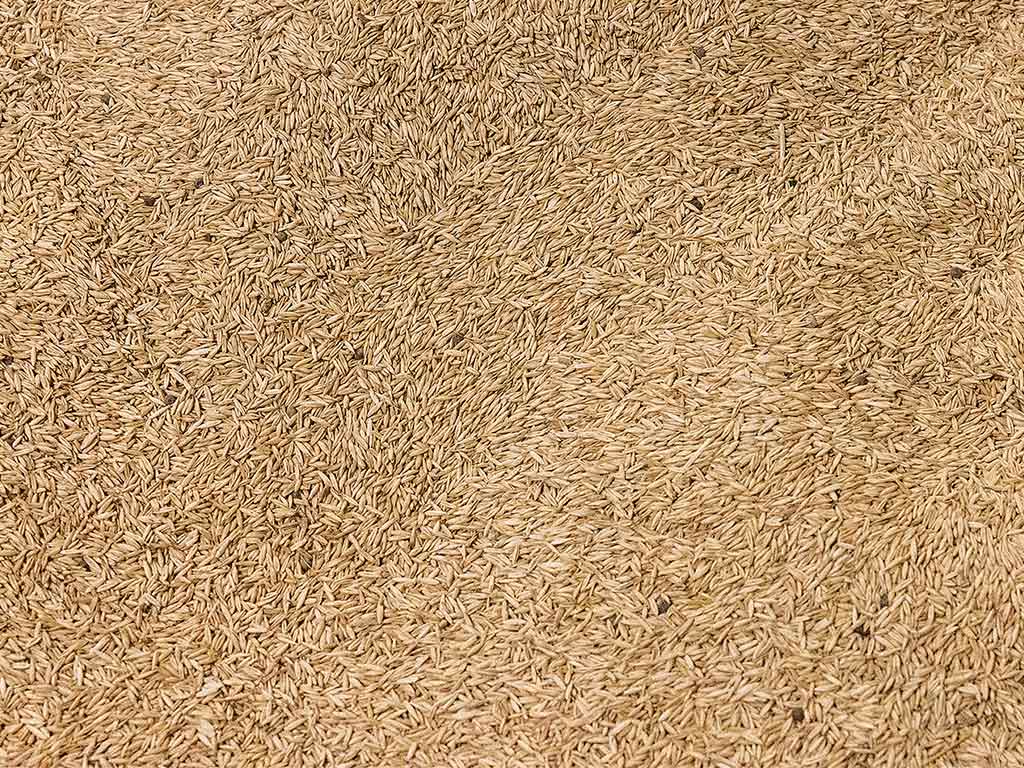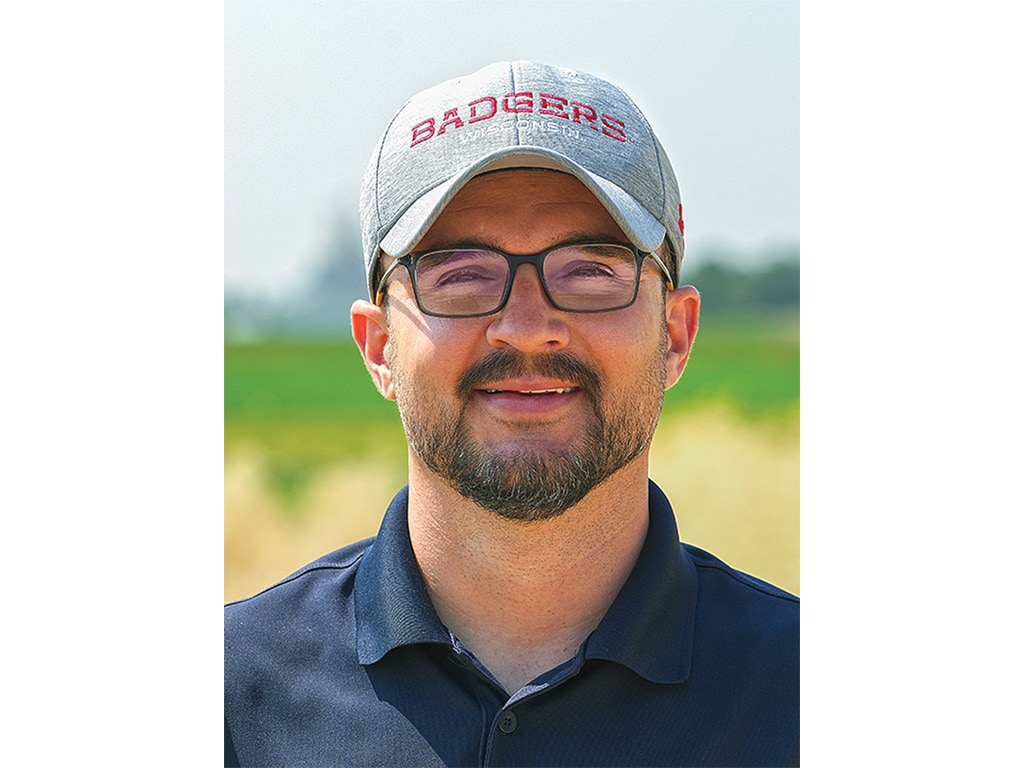Agriculture, Farm Operation April 01, 2025
Cereal Rye to the Rescue
The do-all cover is a defense against pigweeds.
by Bill Spiegel
Land-grant university research shows that cover crops and herbicides can decrease the volume of seeds produced by pigweeds like Palmer amaranth and waterhemp, helping reduce the onslaught of these troublesome weeds.
Rodrigo Werle, Extension Cropping Systems Weed Scientist at the University of Wisconsin cites new research by several landgrant university weed scientists indicating that the combination of cereal rye and effective pre-emergent herbicide provides a longer period before a post-emergent herbicide application is necessary.
And, at the time of the post application, there are fewer plants and those present are smaller, therefore more susceptible to herbicides and less competitive with cash crops. "They will be easier to manage, and even if you have some escapes, they're going to be producing less seed at the end of the season," Werle says.
Compared to using zero pre-emergent herbicide, the researchers estimate a 44% reduction in Palmer amaranth density using cereal rye alone and 68% reduction when using cereal rye and a pre-emergent herbicide.
The standard recommendation has been to kill cover crops at least 10 days before planting soybeans, but researchers find that letting cereal rye grow even longer will provide greater biomass for weed suppression.
Above. A cover crop of cereal rye planted in the fall and left to grow until about 30-inches tall in the spring provides enough biomass to reduce weed population, says Rodrigo Werle, weed scientist at the University of Wisconsin.
More biomass. "Our research tells us that every 10 to 14 days you let the cover crop continue to grow, it will add about 30% more biomass," Werle explains.
Between 4,400 and 5,000 pounds of biomass per acre is needed to suppress pigweeds. Cereal rye about 30-inches tall, or boot stage, provides that amount of biomass, he adds.
If terminated too early, the cereal rye residue decomposes quickly, and the cover crop has little weed suppression value. But left to grow as long as possible, cereal rye accumulates more biomass and reaches a higher carbon:nitrogen (C:N) ratio, which means it will take longer to decompose.
"And that is the secret for getting good suppression of pigweeds," Werle explains.
"If you terminate at 30-inches tall, that cereal rye is going to provide at least 50% suppression of pigweed emergence," he adds. "If you let it grow a little more, the suppression rate goes higher."
Cereal rye sprayed with glyphosate at boot stage or a little later doesn't necessarily need a roller crimper to knock it down, he adds. The planter will lay the crop down, providing a mat of mulch on the soil surface. That is key, Werle explains.
"The secret is when you have cereal rye on the soil surface, it blocks sunlight from reaching the soil and keeps the soil temperature consistent. Pigweed seeds love temperature fluctuations. They don't want to germinate when temperatures are consistent," he says.
By itself, cereal rye won't suppress pigweeds throughout the growing season, but there are options, Werle says. Growers can tank mix a residual herbicide with glyphosate and apply when they kill the cereal rye cover crop or apply a pre-emerge product after the soybeans are planted.
Weather at play. The choice of when to terminate cereal rye and apply herbicides is largely a function of the soybean planting date (earlier planting provides more flexibility) and weather. Dry soils may dictate an earlier-than-preferred termination date. If there is no rain in the forecast and the cereal rye is beginning to bolt, go ahead and kill it.
If the cover crop is allowed to reach boot stage, prepare planting equipment accordingly. Use coulters, have adequate down pressure on each row, and use the proper closing wheels to ensure adequate seed-to-soil contact. Be wary of tined closing wheels, as cereal rye can wrap around them.
Werle urges farmers to check seeding depth and seed-to-soil contact when planting soybeans into cereal rye residue.
"If we don't have good seed-to-soil contact and aren't putting seed into moisture, we can have a massive reduction in stand and reduced yield at the end of the season," he says. ‡
Read More

AGRICULTURE, FARM OPERATION
More Eyes the Better
Hiring an agrologist can help your bottom line.

SPECIALTY/NICHE
Peony Pioneer
Bringing a niche ag industry to life in Alaska.



